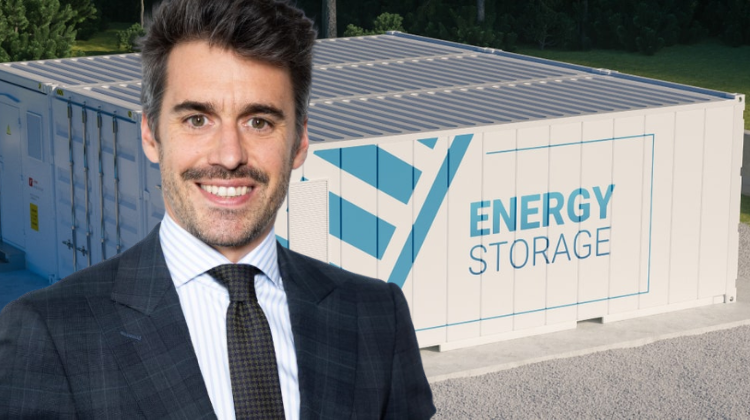The capacity maps have raised alarm bells in Spain’s storage sector. The picture they revealed shows that precisely in the areas where batteries could add the most value to the power system, there are severe grid limitations.
The priority now is to unlock the figure of flexible demand, a regulation under review by the CNMC, with a final resolution expected by the end of 2025, following the public consultation launched at the beginning of the year.
The confirmation of these restrictions complicates the bankability of stand-alone projects, which see their deployment delayed despite the continuous fall in battery CAPEX. “Storage demand was considered as 24/7 consumption, and that does not make sense,” warns Chema Zabala López, Managing Director at Alantra Energy Transition.
Speaking to Strategic Energy Europe, he explains that the absence of flexible demand limits the connection of new BESS and reduces visibility for investors and financiers. “With flexible demand, batteries could operate counter-cyclically and ease the grid at the most critical times,” he adds, confirming that the CNMC is expected to provide updates on the final resolution for flexible demand in power systems, which is currently under processing for practical application. This is expected by the end of 2025, after the public consultation launched earlier this year.
While grids develop, projects located in critical areas will need to reassess their viability and, if necessary, relocate in order to move forward.
What about battery profitability?
In addition to the CNMC’s definition, in regulatory terms the capacity mechanism is still awaited, currently at the Council of State.
Although not a scheme designed exclusively for storage, Zabala considers that “it can send a signal to financiers to enter more confidently into project development.”
The immediate challenge, however, lies in financing. “Many sponsors are developing projects almost entirely with equity, but this is not sustainable for everyone,” warns Zabala.
The condition to enable project finance will be the emergence of hybrid PPAs and offtake agreements specific to stand-alone, which can guarantee stable revenues and reduce the perception of risk.
In parallel, Zabala points out that BESS revenues rest on two main pillars. “The arbitrage part is indeed structural in the system,” he asserts, although he acknowledges that returns are likely to moderate as CAPEX continues to fall.
The other source of revenue comes from the balancing markets, which currently mobilise around 1.5 GW, with the possibility of growing to 2 GW. But he warns: “When we see 3–4 GW of storage connected, those revenues will start to be cannibalised.”
By the end of the decade, expectations will shift to flexibility auctions, set to consolidate new sources of regulated revenue.
Regarding the pipeline, Zabala recalls that there are already more than 60 GW of grid access applications for storage, with nearly half in stand-alone mode. But he cautions that not all will succeed: “Out of every 100 projects that secure access and connection, between 25 and 35 are actually built.” In this context, he stresses the importance of prioritising nodes with locational value, where batteries can deliver greater benefit to the system.
As for the PNIEC targets, Zabala is categorical: “We believe it is not a realistic plan to take as a reference for 2030.” While the official plan sets a goal of 12 GW, Alantra projects that the most achievable range will be 5 to 6 GW by the end of the decade.
The potential is clear, but it will depend on regulation, financing and the grid advancing at the same pace.






























